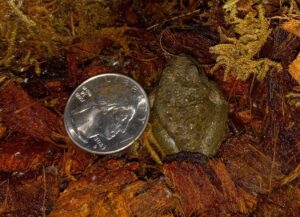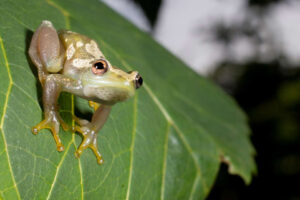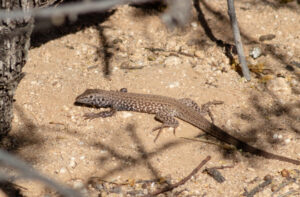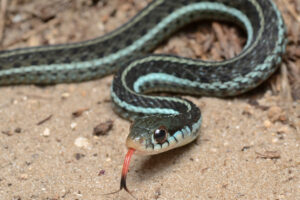Researchers in China recently came upon what they initially believed to be a new species of salamander. It was…but the creature turned out to be an old, if elusive, friend.
According to an article published last year, the creature, now designated Hynobius bambusicolus (aka the Fujian bamboo salamander), was first discovered in 1978. Observers at the time only got a fleeting glimpse of the amphibian, a "dark-chocolate-colored" creature that blended in with the mud in its habitat--the blue speckles on its underside would only be discoverable if it were unhappily overturned. It then disappeared—at least to those who sought after the creature—and was supposed to have gone extinct.
Surprise! Over 40 years later, researchers exploring a bamboo forest in the area stumbled across the salamander once more, lurking in the mud and under leaf litter, logs and other typical amphibian habitat. Their surmise that this was indeed a new species was confirmed by DNA testing, which proved the Fujian bamboo salamander was genetically distinct from other species in the area. These salamanders are also unique in their ability to vocalize, emitting a short squeak or "alarm call" when probed (Can you blame them?).
Hynobius bambusicolus is a large creature (reaching up to 71/2 inches) and, with estimates of only 200 individuals extant in the wild, is considered critically endangered. This is especially true because, ahem, it has been observed cannibalizing its kin! Scientists recommend its habitat remain as undisturbed as possible, with people encouraged not to collect or otherwise engage with the population.
Welcome, new old friend! We hope you flourish in private. And find other things to eat!




